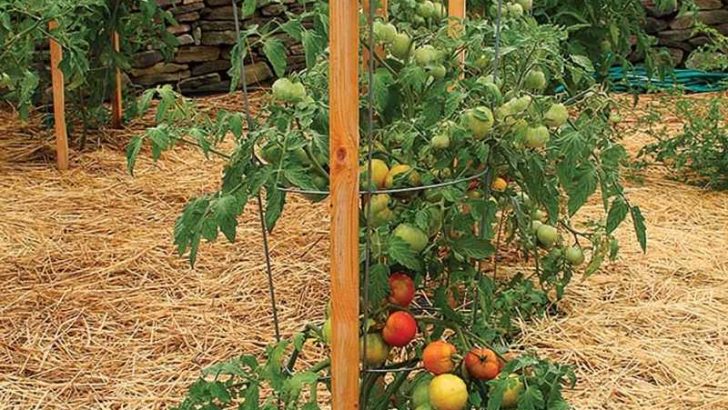Growing tomatoes can be both rewarding and challenging. With the right knowledge, any gardener can enjoy a bountiful harvest. Here are 12 secrets to ensure your tomatoes thrive.
1. Soil Preparation
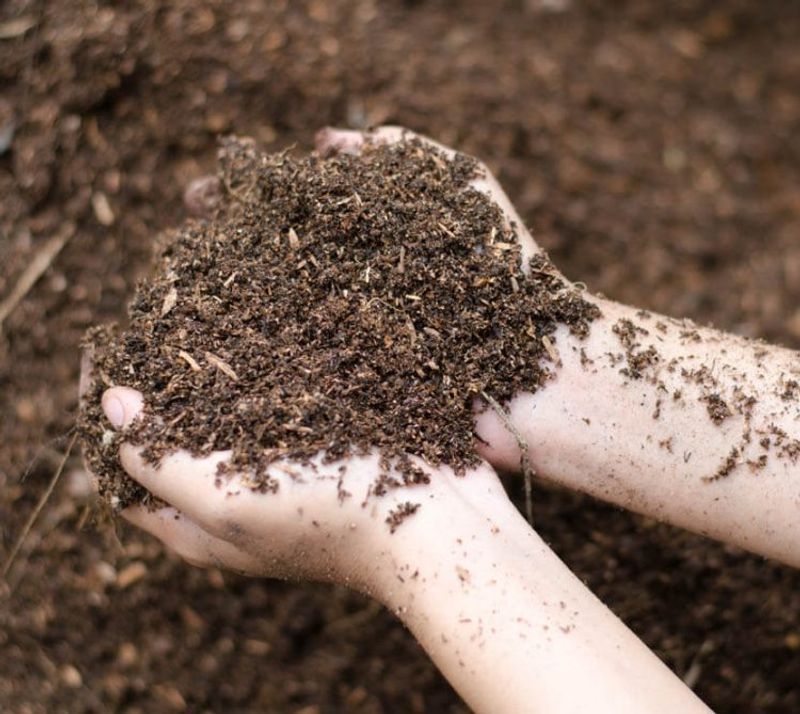
The foundation of successful tomato growing is undoubtedly soil preparation. Start by testing your soil’s pH; tomatoes prefer a slightly acidic environment. Incorporate compost and well-rotted manure to enrich the soil with essential nutrients.
Ensure the soil is loose and well-draining to prevent waterlogged roots. A deep, thorough tilling will help achieve this.
By paying attention to your soil’s quality, you set your tomatoes up for a healthy, productive growing season. Remember, healthy soil equals healthy plants. A little effort here goes a long way.
2. Choosing the Right Variety
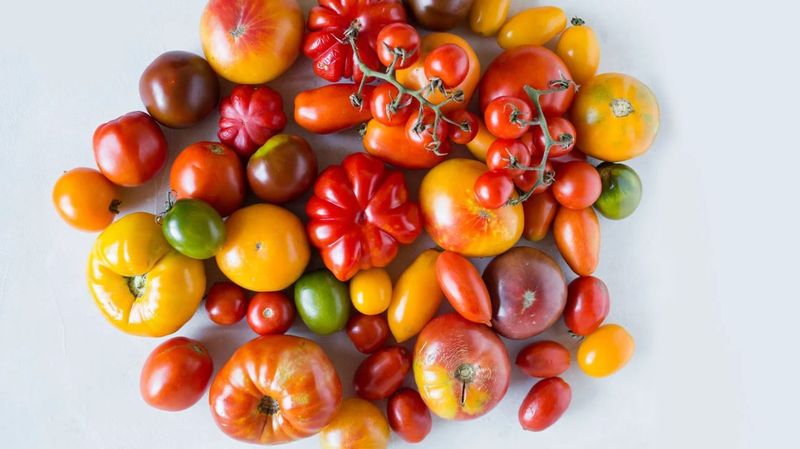
Selecting the right tomato variety can make a world of difference. Consider your local climate and space constraints.
For a shorter growing season, opt for early-maturing varieties like ‘Early Girl’ or ‘Sun Gold’. If space is limited, try dwarf or bush varieties that thrive in containers.
Heirloom tomatoes offer unique flavors and colors but require more care. Ultimately, choose varieties that excite you and suit your environment. Experimenting with different types can lead to delightful discoveries in your garden.
3. Proper Watering Techniques
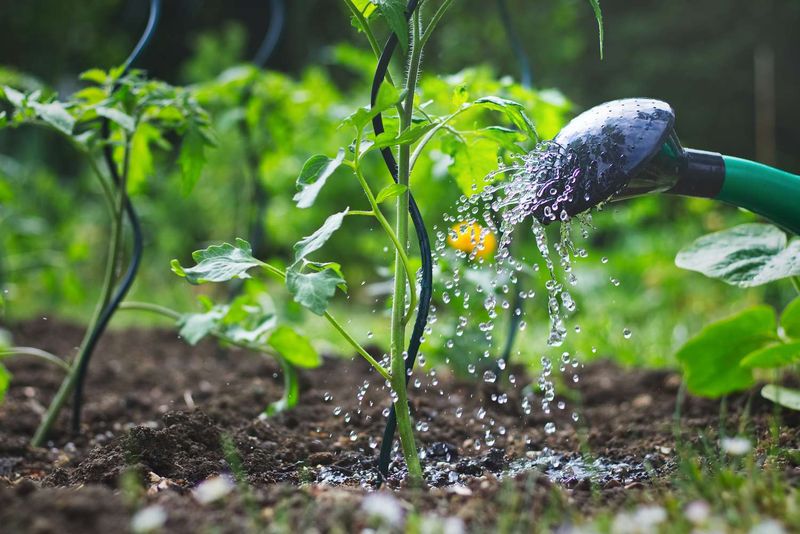
Watering tomatoes might seem straightforward, but doing it right makes all the difference. It’s crucial to water deeply but infrequently, encouraging roots to grow downward.
Morning watering reduces evaporation and allows foliage to dry, minimizing disease. Avoid overhead watering altogether; instead, focus on the soil around the base.
Consider drip irrigation as a method for consistent moisture delivery. Proper watering is vital for juicy, flavorful tomatoes, so pay attention to your plant’s signals and adjust accordingly.
4. The Art of Pruning

Pruning can enhance tomato plant health and yield. Remove suckers that grow in the leaf axils as they divert energy from fruit production.
Focus on pruning indeterminate varieties to improve air circulation and sunlight penetration. This practice reduces disease risk and encourages larger fruit.
With careful attention, pruning becomes an art form, shaping your plants into productive masterpieces. Remember, balance is key; over-pruning can stress the plant.
5. Using Mulch Effectively
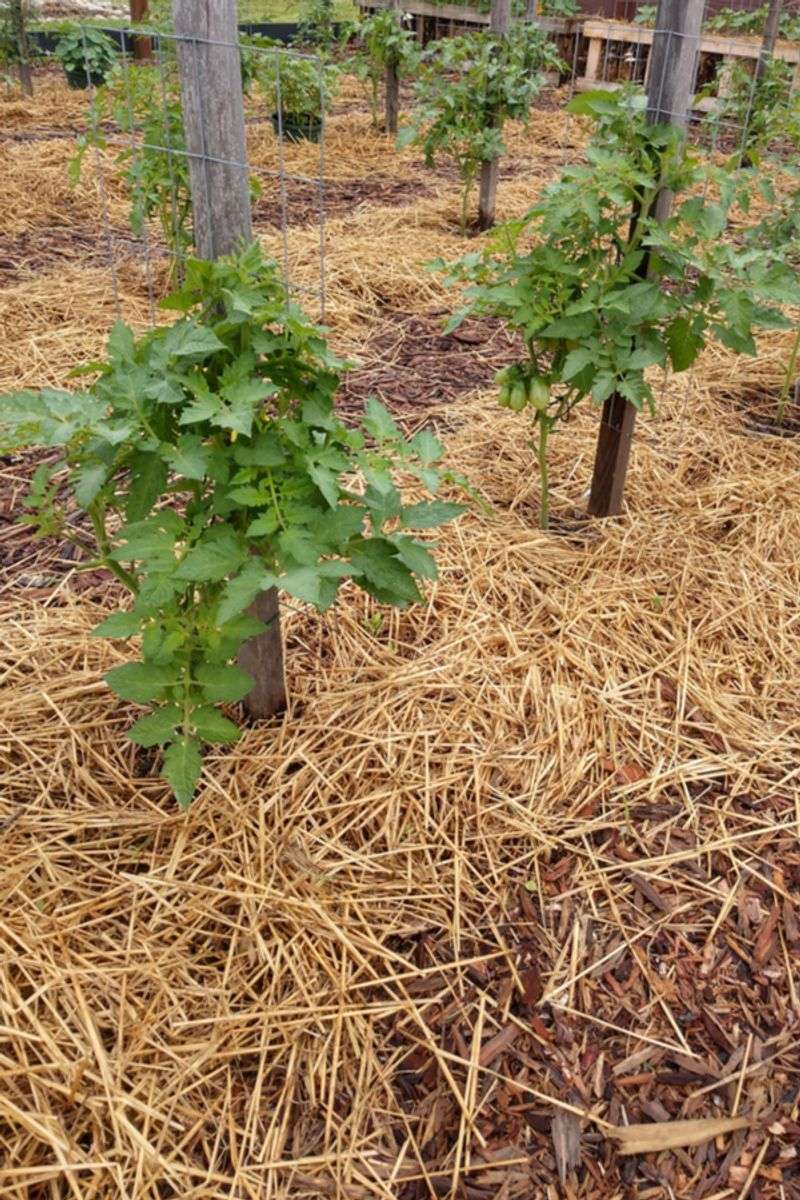
Mulching is a simple yet powerful tool in tomato growing. It helps retain soil moisture, suppress weeds, and regulate soil temperature.
Organic options like straw or shredded leaves are excellent choices. Apply mulch after the soil warms in spring for best results.
A 2-3 inch layer is ideal, providing the perfect balance of benefits without suffocating the soil. Mulching enhances the overall health of your tomato plants and can lead to a more abundant harvest. It’s a small step with significant rewards.
6. Companion Planting
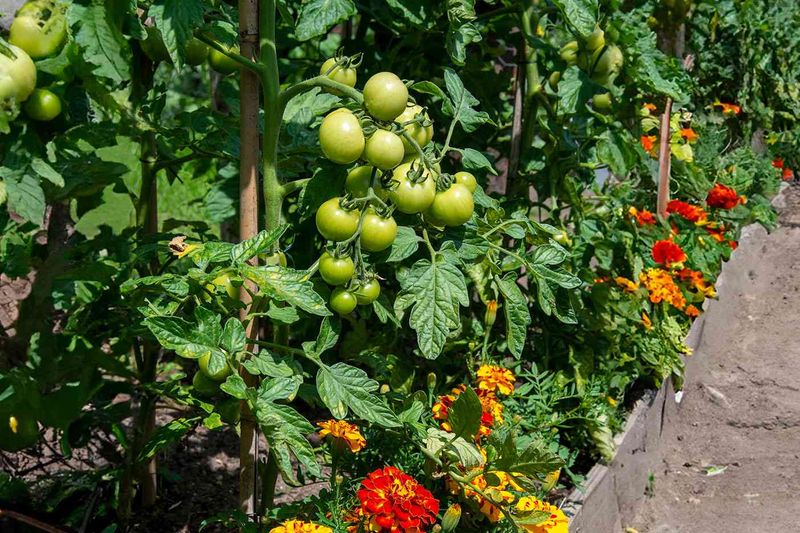
Companion planting can boost tomato growth and deter pests. Consider planting basil or marigolds nearby.
These companions repel pests and can enhance tomato flavor. Carrots and onions also make good neighbors, boosting soil health.
Companion planting promotes a balanced ecosystem in your garden. By carefully selecting which plants to pair, you can create a thriving environment for your tomatoes. This technique offers a natural way to improve plant health and productivity.
7. Fertilizing for Success
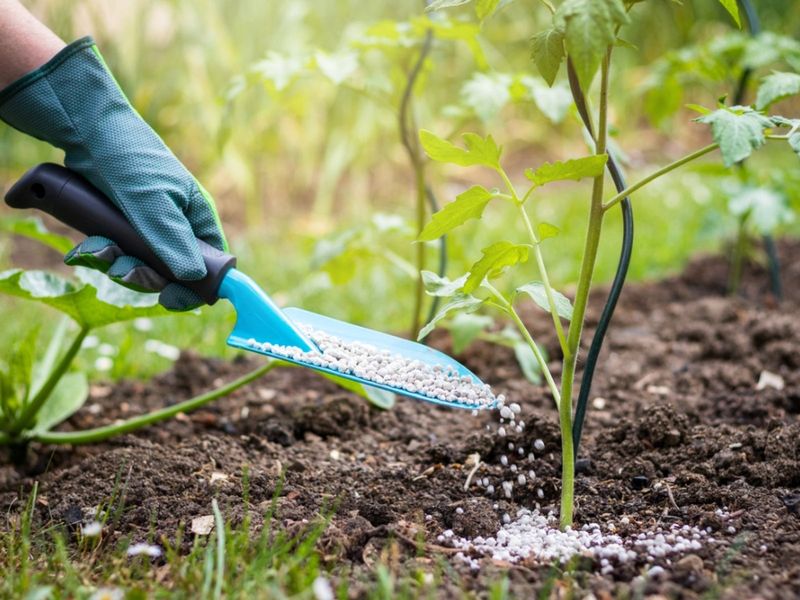
Fertilization is crucial for tomato success. Begin with a balanced fertilizer at planting time, ensuring a good start.
As the plants grow, switch to a fertilizer higher in phosphorus to promote fruit development. Avoid excessive nitrogen, which encourages foliage over fruit.
Regular feeding every few weeks keeps plants vigorous and productive. Tailoring your fertilization approach to your plants’ needs ensures a successful harvest. Fertilizing is more than just feeding; it’s about nurturing your plants for the best possible yield.
8. Pest Control Methods
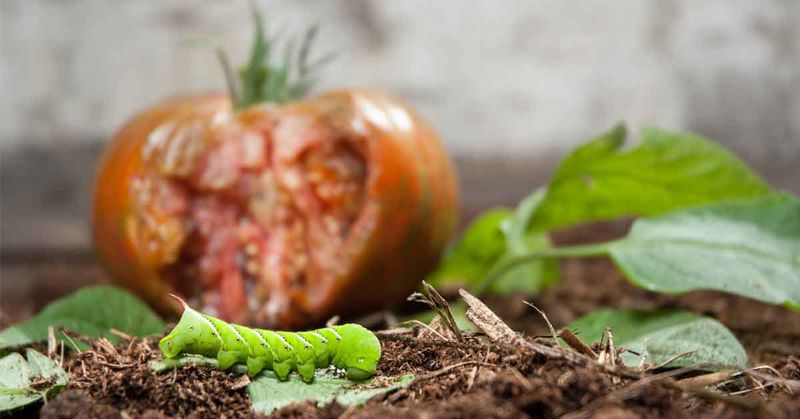
Controlling pests is a vital aspect of growing tomatoes. Start with regular inspections to catch issues early.
Handpicking pests like hornworms can be effective in small gardens. Introduce beneficial insects like ladybugs to combat aphid populations naturally.
Consider organic sprays as a last resort, prioritizing eco-friendly options. Maintaining garden hygiene and crop rotation also help deter pests. Effective pest control fosters a robust tomato crop, and diligence pays off in delicious results.
9. Maximizing Sunlight Exposure
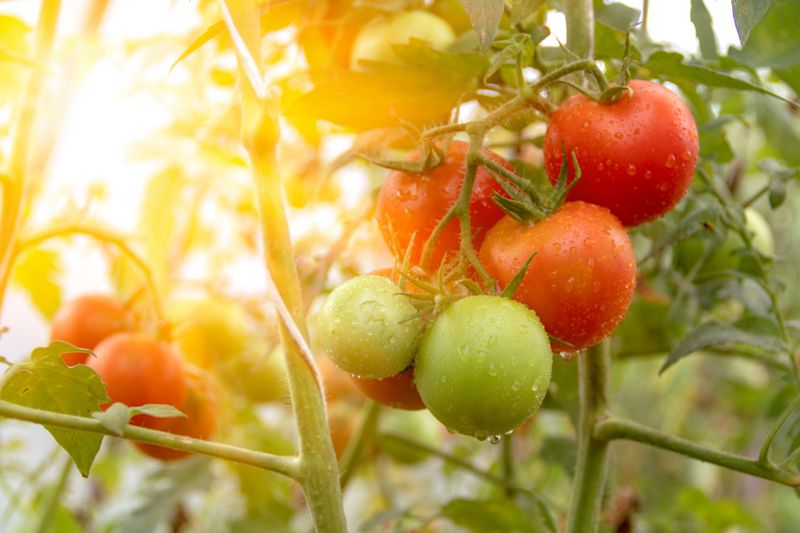
Tomatoes crave sunlight to thrive. Ideally, they require 6-8 hours of direct sun daily.
Position your plants in the sunniest part of your garden. Using reflective materials around plants can enhance light exposure.
For indoor growing, consider grow lights to supplement natural light. Ensuring maximum sunlight keeps your tomatoes healthy and productive. This natural energy source is essential for sweet, ripe fruits. Never underestimate the power of sunlight in your tomato-growing journey.
10. Staking and Support Systems

Providing support is essential for tomato plant health and fruit quality. Staking, caging, or trellising keeps plants upright and prevents fruit from rotting on the ground.
Use sturdy materials like wood or metal stakes, ensuring they are tall enough for plant growth. Support systems improve air circulation and make harvesting easier.
By investing in a good support structure, you protect your plants and enhance their productivity. This crucial step in tomato care helps achieve a bountiful harvest.
11. Understanding Plant Diseases
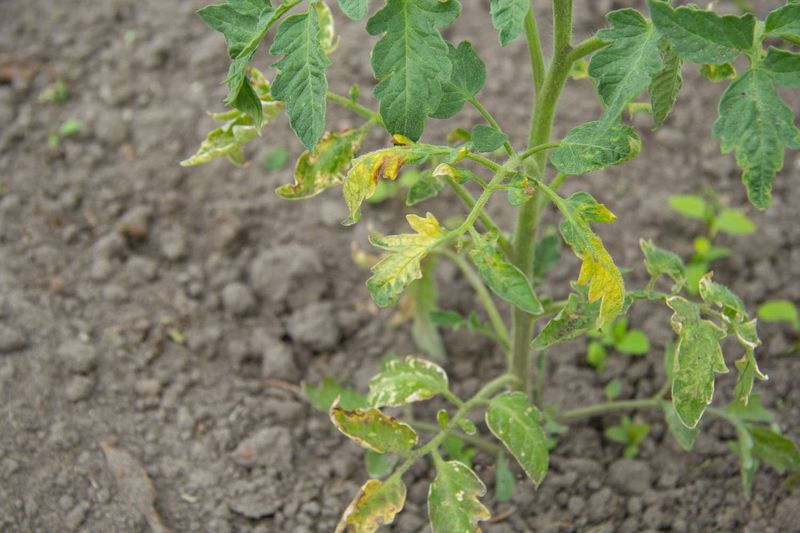
Plant diseases can devastate tomato crops if not managed properly. Familiarize yourself with common ailments like blight or blossom end rot.
Ensure proper spacing for air circulation, and avoid overhead watering to reduce moisture on leaves. Use disease-resistant varieties when possible.
Regularly inspect plants for symptoms and act promptly if issues arise. Understanding tomato diseases and their prevention ensures a healthier garden. This knowledge protects your plants and secures your harvest from potential threats.
12. The Importance of Crop Rotation
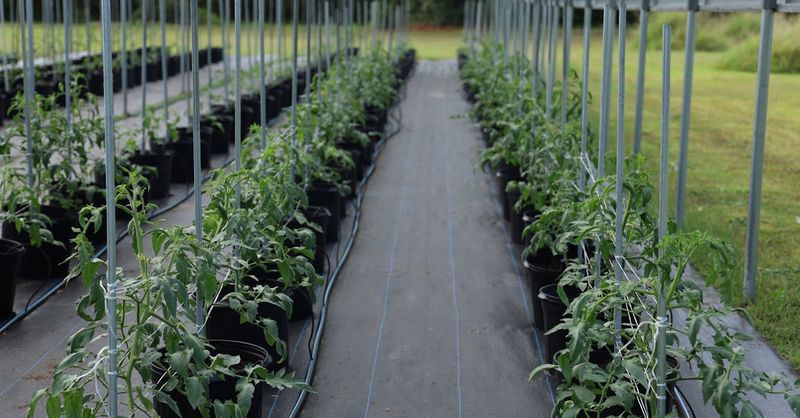
Crop rotation is a practice that boosts soil health and prevents disease. Avoid planting tomatoes in the same spot more than once every three years.
Rotating crops disrupts pest and disease cycles, enhancing soil fertility.
Plan your garden layout to accommodate rotation, integrating other vegetables like legumes or leafy greens. This practice enriches the soil and promotes overall garden health. Embracing crop rotation leads to stronger, more resilient tomato plants and a thriving garden ecosystem.
Hi all, I am Sidney, an accountant, a hobbyist photographer, and a mother to two sweet girls who are my motivation. I love sharing the tips and tricks I gained all these years I’ve been a mother. I hope it will help you!

